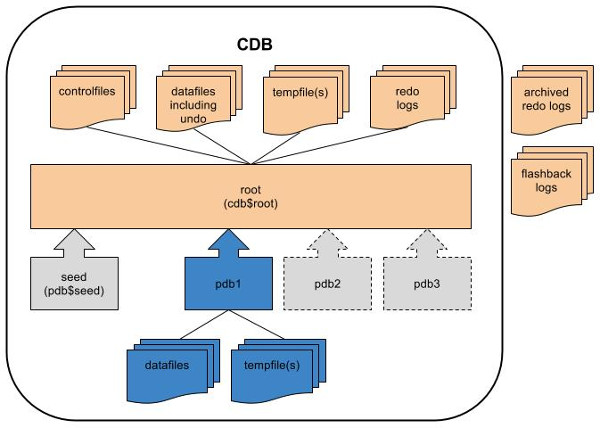Adop phases
1) prepare - Starts a new patching cycle.
Usage:
adop phase=prepare
2) Apply - Used to apply a patch to the patch file system (online mode)
Usage:
adop phase= apply patches = <>
Optional parameters during apply phase
--> input file : adop accepts parameters in a input file
adop phase=apply input_file=
Input file can contain the following parameter:
workers=
patches=:.drv, :.drv ...
adop phase=apply input_file=input_file
patches
phase
patchtop
merge
defaultsfile
abandon
restart
workers
Note : Always specify the full path to the input file
-->
restart -- used to resume a failed patch
adop phase=apply patches=<> restart=yes
-->
abandon -- starts the failed patch from scratch
adop phase=apply patches=<> abandon=yes
--> apply_mode
adop phase=apply patches=<> apply_mode=downtime
Use apply_mode=downtime to apply the patch in downtime mode ( in this case,patch is applied on run file system)
-->
apply=(yes/no)
To run the patch test mode, specify apply = no
-->
analytics
adop phase=apply analytics=yes
Specifying this option will cause adop to run the following
scripts and generate the associated output files (reports):
ADZDCMPED.sql
- This script is used to display the differences between the run and
patch editions, including new and changed objects.
The output file location is: /u01/R122_EBS/fs_ne/EBSapps/log/adop////adzdcmped.out.
ADZDSHOWED.sql - This script is used to display the editions in the system.
The output file location is: /u01/R122_EBS/fs_ne/EBSapps/log/adop///adzdshowed.out.
ADZDSHOWOBJS.sql - This script is used to display the summary of editioned objects per edition.
The output file location is: /u01/R122_EBS/fs_ne/EBSapps/log/adop///adzdshowobjs.out
ADZDSHOWSM.sql - This script is used to display the status report for the seed data manager.
The output file location is: /u01/R122_EBS/fs_ne/EBSapps/log/adop///adzdshowsm.out
3)
Finalize : Performs any final steps required to make the system ready for cutover.. invalid objects are compiled in this phase
Usage:
adop phase=finalize
finalize_mode=(full|quick)
4)
Cutover : A new run file system is prepared from the existing patch file system.
adop phase=cutover
Optional parameters during cutover phase:
-->
mtrestart - With this parameter, cutover will complete without restarting the application tier services
adop phase=cutover mtrestart=no
-->
cm_wait -
Can be used to specify how long to wait for existing concurrent
processes to finish running before shutting down the Internal Concurrent
Manager.
By default, adop will wait indefinitely for in-progress concurrent requests to finish.
5)
CLEANUP
cleanup_mode=(full|standard|quick) [default: standard]
6)
FS_CLONE : This phase syncs the patch file system with the run file system.
Note : Prepare phase internally runs fs_clone if it is not run in the previous patching cycle
Optional parameters during fs_clone phase:
i )
force - To start a failed fs_clone from scratch
adop phase=fs_clone force=yes [default: no]
ii ) Patch File System Backup Count ==>
s_fs_backup_count [default: 0 : No backup taken]
Denotes the number of backups of the patch file system that are to be
preserved by adop. The variable is used during the fs_clone phase,
where the existing patch file system is backed up before it is recreated from the run file system.
7)
Abort - used to abort the current patching cylce.
abort can be run only before the cutover phase
adop phase=abort
